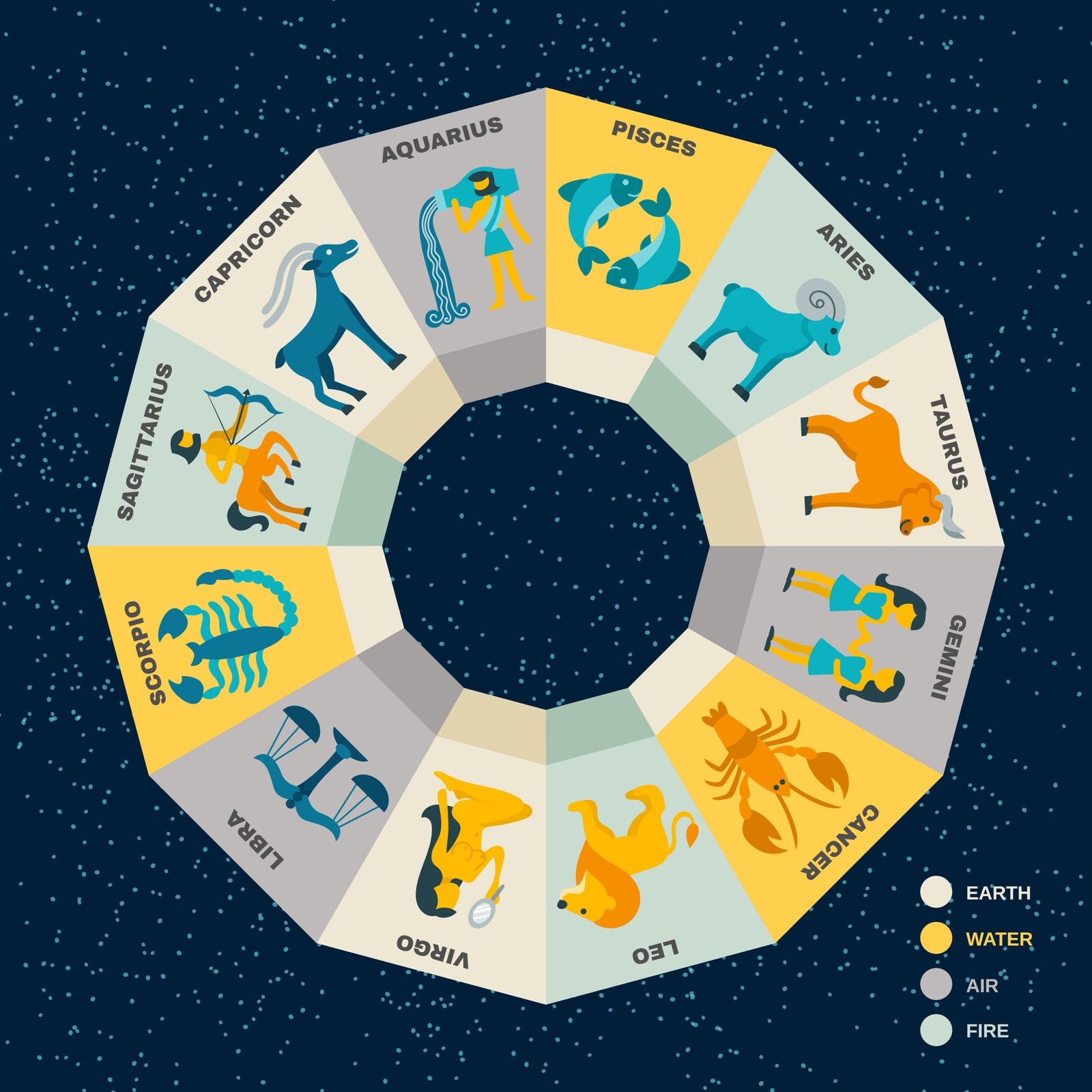Introduction: In my last post, we explored the fascinating world of astrology and began to unlock the mysteries behind our birth charts. Now that you’re familiar with the basics, it’s time to dive deeper and learn how to actually read your birth chart! Whether you’re a complete beginner or have some knowledge, this post will break it down in simple steps so you can start interpreting the unique blueprint of your life.
1. Understanding the Birth Chart Structure
Your birth chart, also known as a natal chart, is like a snapshot of the sky at the exact moment you were born. It’s a circular diagram divided into 12 sections, known as houses, and contains symbols representing the positions of the Sun, Moon, planets, and other celestial bodies.
- The Zodiac Signs: Each section (house) is associated with a zodiac sign.
- Planets: These represent various aspects of your personality and life experiences.
- Houses: These tell you where in your life different influences are felt.
2. The Big Three: Sun, Moon, and Rising Signs
When you start reading your birth chart, you’ll likely hear about your Sun, Moon, and Rising signs. These are considered the core of your personality.
- Sun Sign: Represents your ego, vitality, and overall essence. It’s what you are at your core.
- Moon Sign: Governs your emotions, instincts, and subconscious. It reveals how you react to situations emotionally.
- Rising Sign (Ascendant): This is your outward personality, how others see you, and the first impression you give.
Take a moment to find where your Sun, Moon, and Rising signs are located in your chart. They will give you essential clues about who you are.
3. Decoding the Houses: Where Do the Energies Flow?
The 12 houses represent different life areas—such as love, career, home, and relationships. By understanding where planets are positioned in each house, you can begin to uncover what areas of your life are most affected by certain energies.
- 1st House: Your self-image, how you present yourself to the world.
- 2nd House: Material possessions, personal finances, and values.
- 7th House: Relationships, partnerships, and how you connect with others.
4. Aspects: How Do Planets Influence Each Other?
Aspects are the angles formed between planets in your birth chart, and they describe how different parts of your personality interact with each other. Some aspects are harmonious (trines and sextiles), while others are challenging (squares and oppositions). These interactions reveal where you might experience ease or tension in your life.
For example:
- Conjunction: Planets are in the same sign, strengthening their energies.
- Square: A challenging aspect that creates tension between planets.
- Trine: A harmonious aspect that indicates natural talent or ease in certain areas.
5. Tips for Interpreting Your Birth Chart
- Start simple: Focus on your Sun, Moon, and Rising signs first. Once you’re comfortable, expand to the planets in each house.
- Use online tools: There are many free birth chart generators that can help you see your chart and explain the placements. Websites like astro.com or cafeastrology.com are excellent resources.
- Trust your intuition: Astrology is as much about feeling and intuition as it is about logic. As you become familiar with your chart, you’ll start to understand how the energies manifest in your life.
Conclusion:
Reading your birth chart can feel overwhelming at first, but with practice, it becomes an invaluable tool for self-discovery and personal growth. In this post, we’ve covered the basic components of the chart, but there’s so much more to explore! In future posts, we’ll dive deeper into how each planet and house influences you and your life path.
Feel free to share your thoughts, ask questions, or leave a comment below—let’s keep exploring the stars together!

